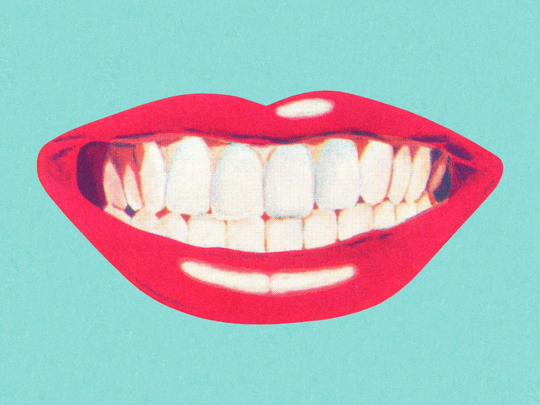
Your mouth is a gateway to the rest of your body – it is the entry point where we introduce both nourishment in the form of food, and toxins in the form of germs to our bodies.
At any given moment, your mouth is home to over 500 species of bacteria – some good, some bad. A healthy balance between the two is vital for great health. Poor dental health carries with it a lot of health risks that are associated with the bad bacteria.
If you fail to maintain your dental hygiene by brushing and flossing daily, and visiting your dentist every six months, plaque can build up along your gum line creating a cosy environment for bacteria to accumulate in the spaces between your mouth and your teeth – this can lead to dental health issues such as gingivitis, and if left untreated periodontitis.
The frightening issue is that these dental hygiene issues, over a long period, can lead to more adverse health issues including diabetes, cardiovascular diseases and even pre-term birth in pregnant women. While these are extreme cases, they are caused – at the start – by preventable gingivitis. So what can you do to ensure that you keep gingivitis and other serious illnesses at bay?
Don’t miss your dental check-ups
Make dental check-ups part of your routine – and ensure to uphold it every six months. This will guarantee that plaque build-up is kept at a bare minimum with regular cleaning.
Eat a healthy diet with a limited intake of sugar
Eating patterns and food choices can have an impact on your oral health, and especially the oral health of teens and children as it can affect how quickly youngsters may develop tooth decay. When bacteria come into contact with food in the mouth, acid is produced that attacks the teeth. This can eventually lead to tooth decay.
Brush your teeth twice daily
Brushing at least twice daily for two minutes is absolutely essential. The trick is to not overdo it, because you could damage your gums from too much pressure or friction. Use a medium or soft toothbrush and brush gently at a 45-degree angle to effectively remove the bacteria that causes plaque build-up and decay.
Change out your toothbrush every two months
Long term use of your toothbrush causes it to become ineffective as the bristles become frayed and do not work as well as they once did, and the bad bacteria that lives in your mouth builds up on your toothbrush. If you have good oral health, replace your toothbrush every 2 months; however, if you have been sick, it’s better to replace your toothbrush more often.
Floss and use mouthwash daily
The American Dental Association recommends flossing a minimum of once per day in order to get rid of plaque in areas between the teeth that are difficult or impossible to reach with a toothbrush.
- Dr. Zeina Armouche, is a member of the American Academy of Pediatric Dentistry, Florida Academy of Pediatric Dentistry, and of International Association of Pediatric Dentistry. She is also the Pediatric Dentist at Drs. Nicolas and Asp Clinic in Dubai, UAE.











